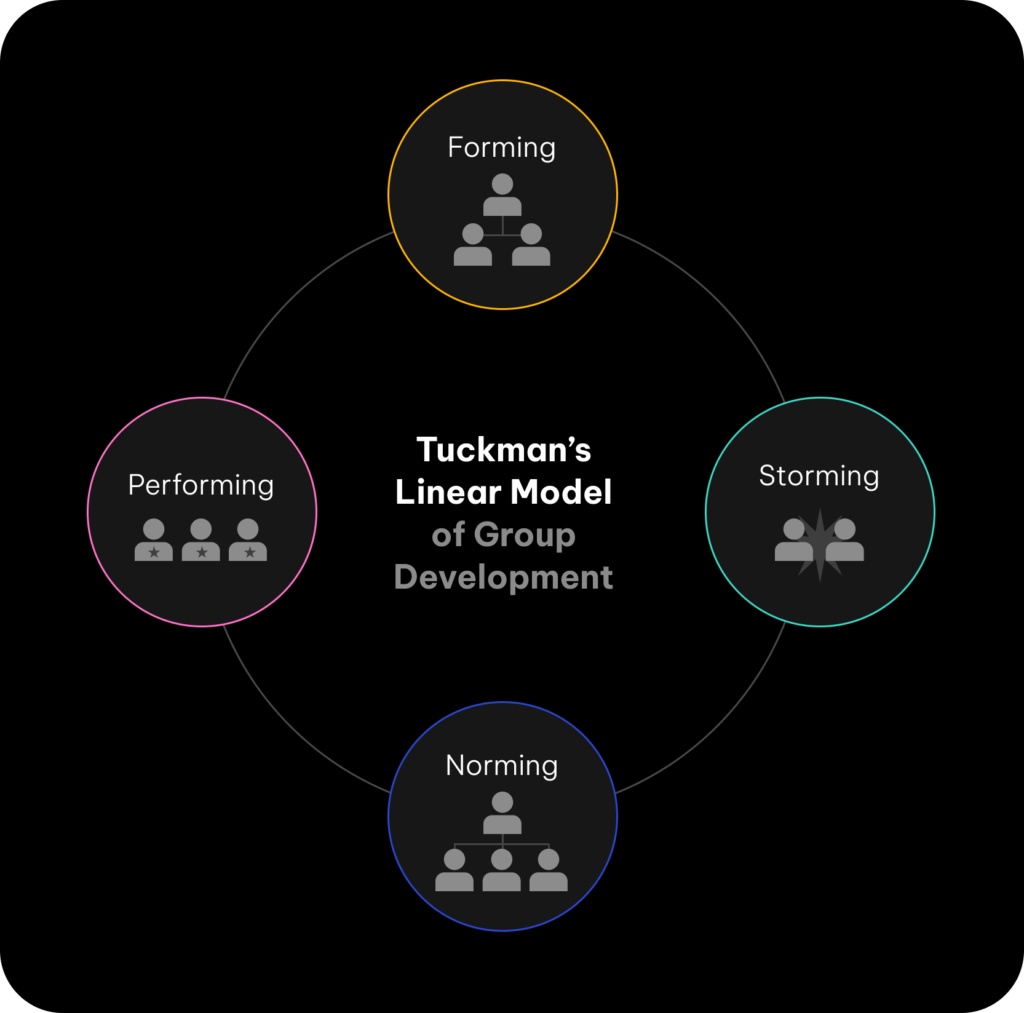The multidisciplinary approach to building AI products
Read about why it is essential to incorporate different types of data and machine learning roles when building AI products.

Financial services
Expertise in core banking, BaaS integrations, payments, and GenAI-enhanced financial solutions.

Healthcare
People-centric healthcare design and solutions, from virtual care, integrations, to smart devices.

Insurance
Modern solutions including self-service, on-demand, and algorithm-driven personalization.

We’re purposefully shaping the digital future across a range of industries.
Discover some of our specific industry services.
Discover moreDecember 7, 2023
Gain insights from our project management experts on high-performance teams and strategies to help them thrive in the constantly evolving software industry.

In the ever-changing landscape of the software industry, the creation of high-performance teams is crucial for the success of an organization. This article will discuss the strategies to accomplish this, examine the Tuckman model, underline the value of fostering strong interpersonal relationships, and the integration of constructive feedback to improve team performance.
A high-performance team is recognized by its capacity to collaborate effectively towards common objectives. It is marked by clear roles, open dialogue, and mutual trust. The team displays an extraordinary ability to adapt to adversity, manage conflicts in a constructive manner, and take individual responsibility. The adaptability, commitment, ongoing learning, and intense dedication of each member creates an environment where excellence is standard. Such a team not only achieves its goals, but also encourages collective growth and consistently exceeds expectations, thereby establishing an exceptional standard of work performance.
Ohio University psychologist and professor Bruce Tuckman conducted research on the stages of group development. His findings led to the creation of the “Tuckman Model”, which outlines the phases of this evolution and how to identify them to achieve high performance.
Hence, it is essential to adapt leadership actions to support the team’s evolution and effectiveness.

The leader’s challenge across these four stages is to guide the team members towards recognizing their strengths and weaknesses, and fostering values such as mutual respect to resolve conflicts. Once this balance is attained, the team enters a continuous improvement cycle. However, care should be taken at this stage since the leader should not recede but instead focus on keeping each team member motivated, discouraging competition within the team, and encouraging collaborative learning.
Ultimately, a high-performance team is passionate about its work, has a clear purpose, maintains good relationships amongst its members, and works towards a common goal.
In the dynamic software industry, building high-performance teams is a strategic necessity. This involves creating a cohesive, high-performing environment through clear objectives, well-defined roles, and open communication to foster mutual trust. Effective leadership is essential in guiding teams towards autonomy, maintaining motivation, and adapting to each stage of evolution.
The leader’s role in an efficient team extends beyond assigning tasks. They forge strong relationships, resolve conflicts, and maintain motivation for continued success. They cultivate an environment that encourages learning, creativity, and achievement. High-performance teams not only meet goals but also create an atmosphere where work passion, shared purpose, and positive relationships define everyday experiences. By emphasizing personal development and human relationships, an ecosystem is created where teams function well, and thrive. This synergy propels performance and innovation, positioning organizations for sustainable success.

Lead Project Manager
Receive regular updates about our latest work
Read about why it is essential to incorporate different types of data and machine learning roles when building AI products.

Check out the work of our Product Design Studio for our client Creative Juice.

Check out the exciting news about Vooks, now available on Netflix.

Receive regular updates about our latest work
Get in touch with our experts to review your idea or product, and discuss options for the best approach
Get in touch